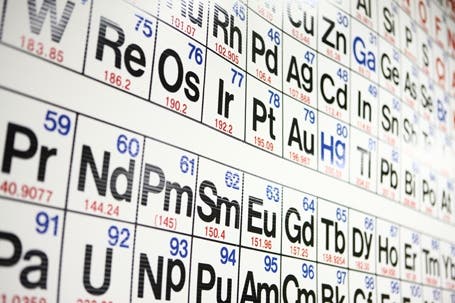Japanese researchers announced they’ve seen evidence of the reclusive element 113, a super-heavy, super-unstable element near the bottom of the periodic table (you know, the ones you usually don’t even look at?). It is still not verified by the International Union of Pure and Applied Chemistry which regulates and verifies the chemical elements’ name, but the team seems adamant they are correct.
This kind of super heavy elements don’t appear in nature, at least from what we’ve seen so far, and they can only be obtained in the lab using particle accelerators, ion separators and other such extremely complex equipment. Scientists led by Kosuke Morita at the RIKEN Nishina Center for Accelerator-based Science have been hunting for 113 for nine years, but their evidence has been pretty thin – until now, that is.
In their experiment, they used a customized gas-filled recoil ion separator paired with a semiconductor detector that can pick out atomic reaction products, speeding zinc atoms through a linear accelerator until it reached 10% the speed of light, and then smashed it with a piece of bismuth (scientists can be a cruel bunch sometimes). The resulting atom decayed incredibly quickly, creating a series of daughter nuclides, which can then be used to backtrack the father element; in this case, 113.
If this turns out to be good science, then this team will be the first Asian one to name an element – a privilege held only by Europeans and Americans so far. A new paper describing this decay chain will be published in the Journal of the Physical Society of Japan.










